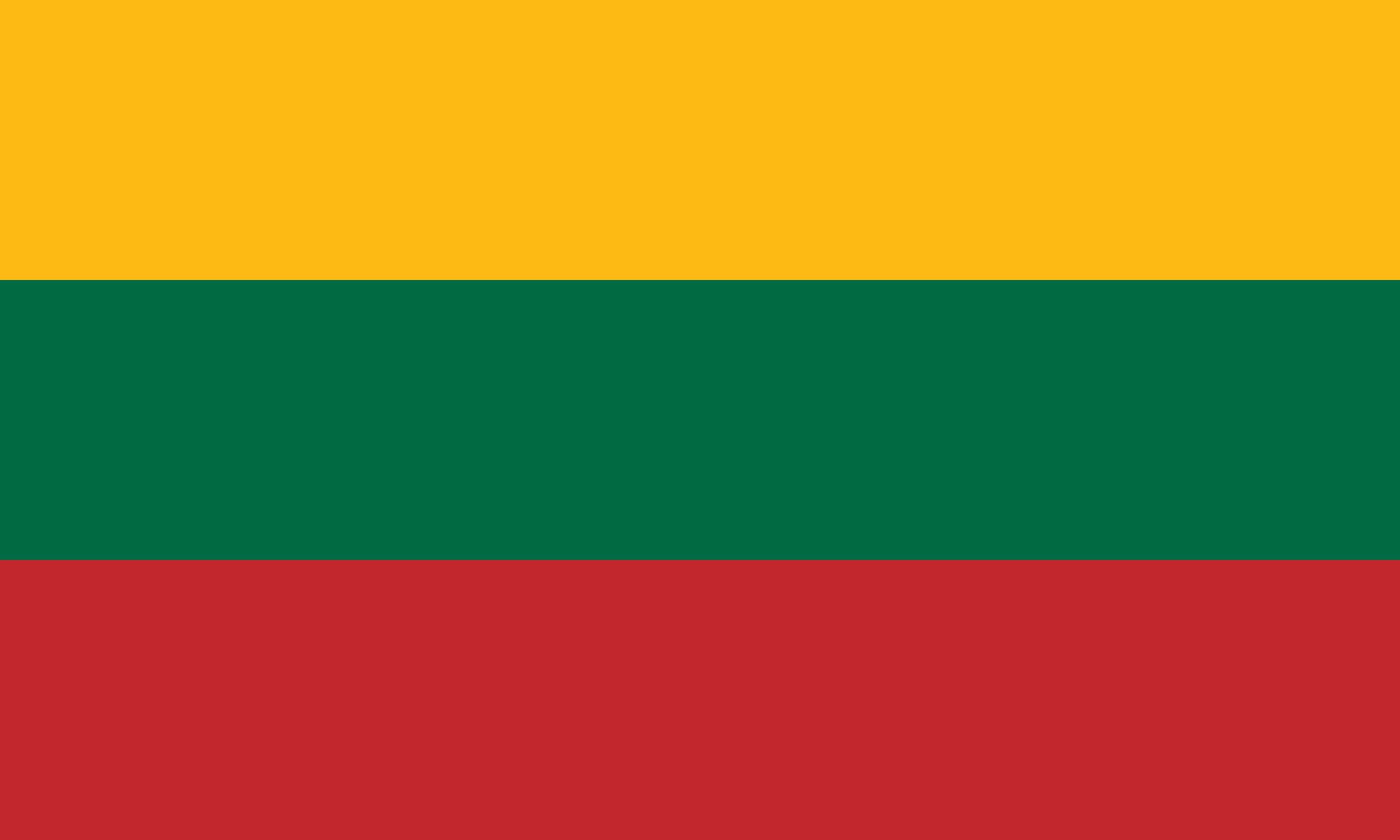
Today there are also some major immigration-related requirements, which are usually set for persons with high qualification. For example: a diploma of higher education, salary amount, some other official legal requirements. Also, nowadays there are several immigration cases or means when it comes to Lithuanian immigration. These are:
- Immigration of persons of Lithuanian origin;
- Immigration of family members;
- Immigration of EU citizens;
- Work and business immigration;
- Student immigration.
Historical data
For many decades Lithuanian immigrants were those Lithuanian citizens (82%), who had returned to their country of birth. 3% were the EU citizens and 15% were non-EU citizens. However, the situation changed in 2017 together with the proportion of returning Lithuanians, which fell to 50%. However, the share of EU citizens still remained the same. Only the share of non-EU citizens has increased to 47%. For example, the majority of foreign immigrants were citizens from Belarus and Ukraine.
Available immigration programs
When it comes to immigration programs, there are several opportunities available such as:
- The investment immigration program;
- The business acquisition immigration program;
- Family business immigration program;
- Family reunification program;
- Student immigration and work immigration programs for students and highly qualified specialists (blue cards).
Business immigration program
There is a business immigration program available in Lithuania, which provides an opportunity to obtain a Lithuanian business permit, which is based on registering a company or a branch office, investing in an already running company. It is also possible to start doing business or proceed with the already running business.
In addition, one can also transfer foreign workers to work for the business or employ oneself as a highly skilled specialist. The other option granted after the Lithuanian residence business permit is obtained – is to apply for a residency instantly, which is optional.
Of course, there are certain requirements such as the fulfilling the necessary documentation, expenses, time frames, which must be met in order to use the advantages provided by the business immigration program to the full extent.
Tourism
There were almost 1.4 million tourists in 2017 visiting Lithuania. The foreign travelers are mostly from such neighbouring countries as Poland, Germany, Russia, Belarus, Latvia, the United Kingdom, Finland, Estonia. In 2016 the most of the tourist flow was concentrated around Germany (174,800), Belarus (171,900) and Russia (150,600). The major cities visited in the country were: Vilnius, Kaunas, Klaipeda, Panevezhus, Shiauliai and Kedainiai. However, the amount of Lithuanian tourists is growing. For example, in 2017 it grew by 12.8%.
There are also certain types of tourism available as well as being cultivated in Lithuania. For example, these are:
- Agrotourism;
- Ecotourism;
- Theme routes and cultural routes;
- Birdwatching;
- International tourism and internal tourism.
Internal tourism
Internal or domestic tourism is also rather popular in Lithuania as there are certain proves of such statement. For example, in 2018 the internal tourism rate grew by 12%. According to this data, Lithuanians themselves (70%) prefer to spend their vacations in the country. There are plenty of national parks available for sightseeing in Lithuania.
For example, such parks as Dzukija national park or Trakai Historical national park. In addition, UNESCO has world heritage sites located on Lithuanian territory, such as Curonian Spit, Vilnius old town and Kernave or the Troy of Lithuania – the ancient capital of Lithuania and an archaeological site, comprising of complex of historical hillforts. Also, there are pilgrimage sites in Samogitia such as Gate of Dawn and Hill of Crosses. Some great resorts such as Palanga, Nida and Juodkrante are also located in Lithuania.
Lithuanian immigration statistics
According to the statistical data, there was a certain amount of residents living in Lithuania since 1990. This number has dropped by 883 000 people or the 24 % of the entire population. Additionally, 177 000 are natural causes of birth and death rate. However, the vast majority or the 707 000 had happened due to the emigration.
The emigration in general is not a negative phenomenon, although there are unevenly low immigration rates in Lithuania, which are pointing out some of the trends in its demographic and political structures. The rates reflect their changing. Statistically, for example, there was a period from 2004, during which about 619 000 residents left Lithuania and194 000 have arrived instead.
When it comes to foreigners, they usually include the EU citizens, stateless and non-EU citizens. For example, at the beginning of the 2018, there were more than 49 000 foreigners living in Lithuania. Many of them were 3rd country nationals – 37%, 50 % – obtained temporary residence permits and 13% were citizens of the EU as well as their families.
